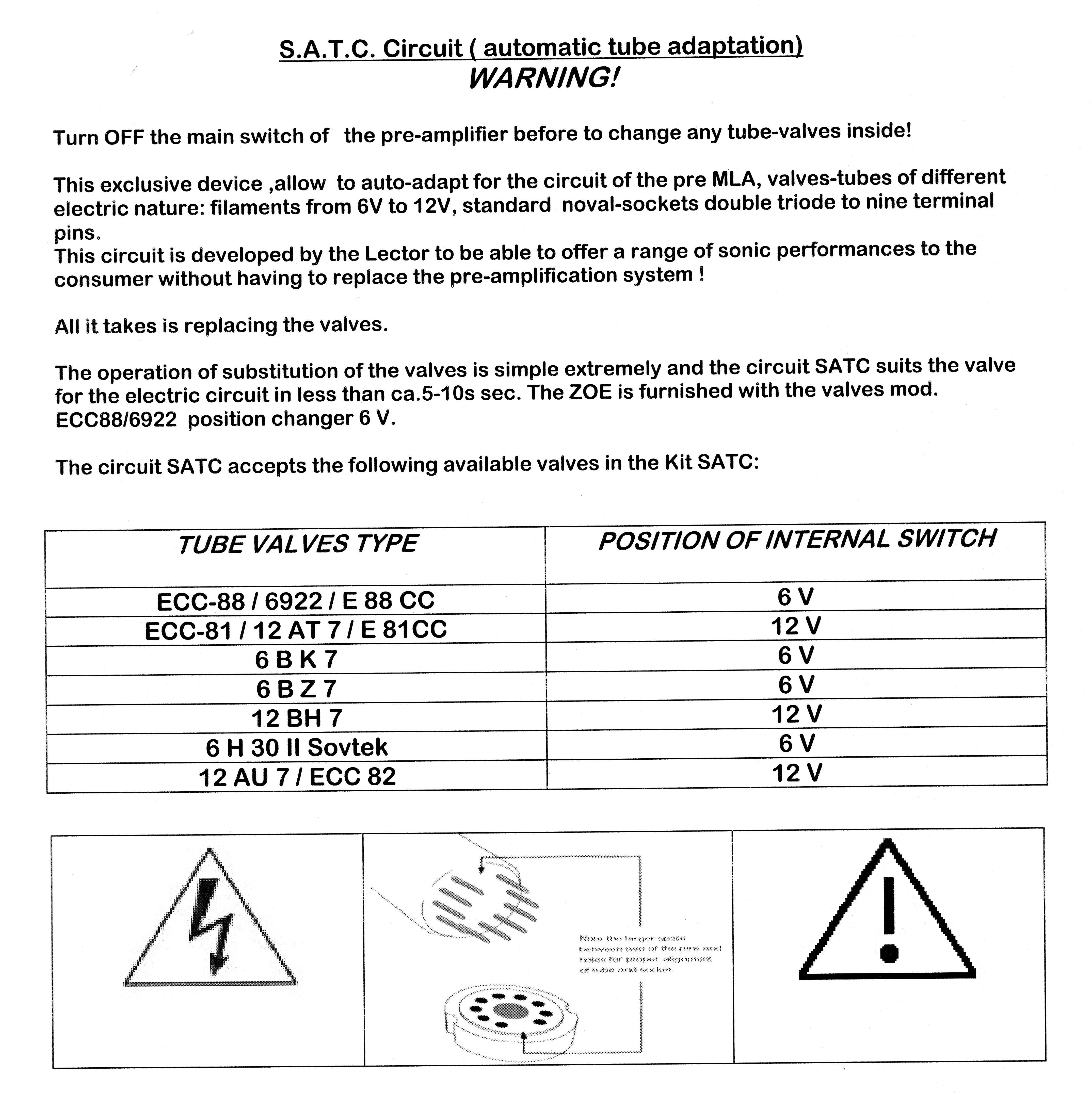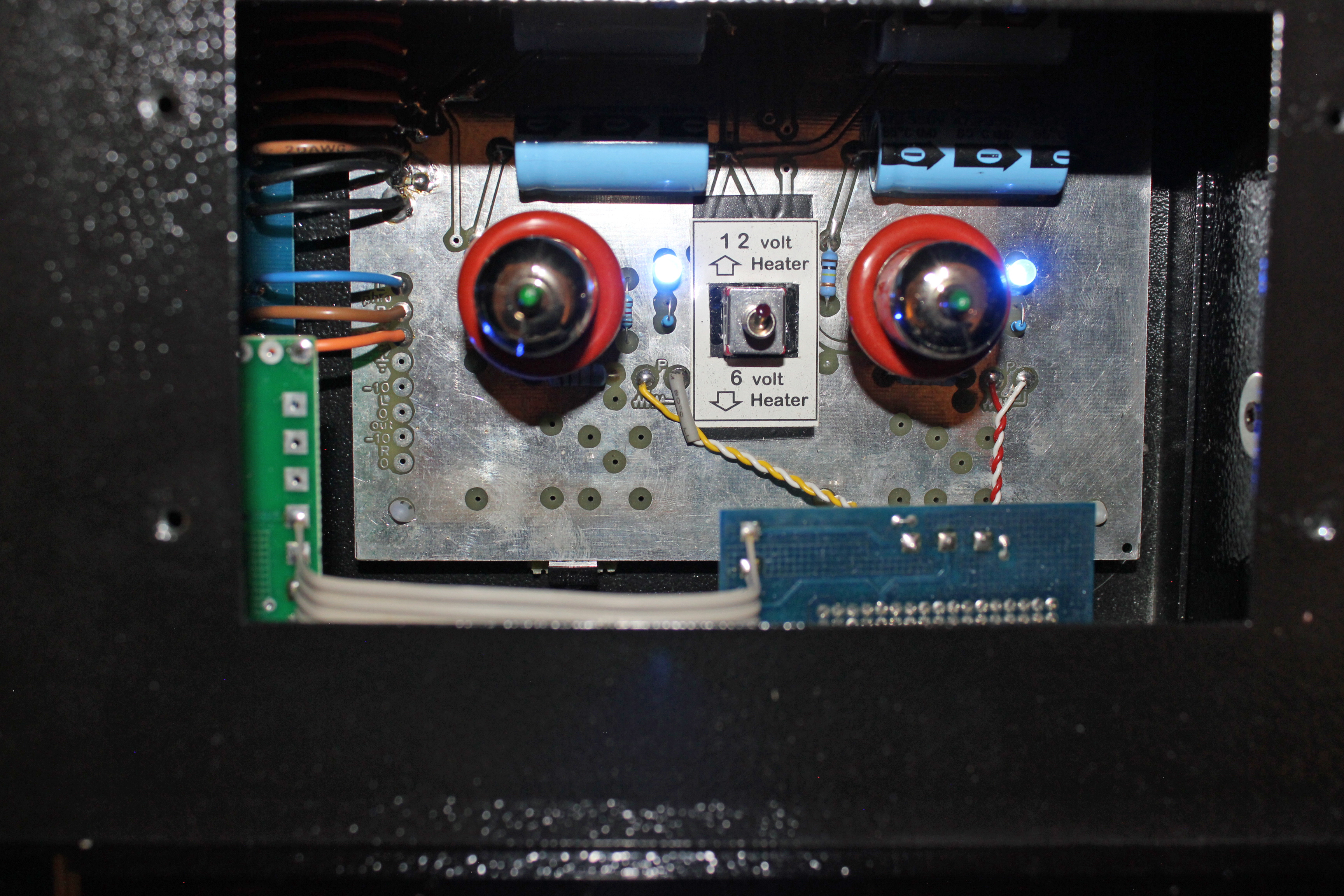Lector Audio ZOE Preamplifier
Tip #100
Dick Olsher (July 2023)
Over the past few months, I’ve gotten to know ZOE quite well in the context of several reviews, and to confess, I’ve become very fond of her. According to designer Claudio Romagnoli, the original circuit dates back to 1986 and incorporates several creative features, which in total make for a unique design.
ZOE is an acronym for Zero Ohm Energy, a reference to the shunt regulated power supply whose output impedance is a mere 0.2 Ohm. That makes for a transparent and lightning-fast supply with essentially no sonic signature.
A single dual triode is used per channel. The first section is configured as a voltage gain stage with optical bias as opposed to a cathode resistor. The second triode section is connected as a cathode follower to maintain a low output impedance of around 250 Ohm. A nice touch is the front-panel window that allows the optical bias blue LEDs to be seen.
Volume control is remote controlled via a motorized stereo volume pot. There is no balance control, a feature I prefer to have. The unit inverts signal polarity, so if you care about such things, you’ll have to reverse speaker leads to correct for this.
The design actively encourages tube experimentation and can accept a variety of preamp tubes, both 6 and 12 volt filament types. As such it’s a tube roller’s paradise. Swapping tubes is incredibly easy. There’s no need to remove the entire chassis top. A small plexiglass tube cover can quickly be removed by undoing four 3mm hex head screws. Just be sure to flip the filament voltage selector to the correct position. ZOE currently ships with either ECC-802S or 12BH7A triodes from JJ Electronic. However, I spent quite a bit of time trying several types before settling on the 12BH7 and 6BK7 as my favorites; the latter being a high transconductance tube much like the 6922/6DJ8 but rather inexpensive to source these days. The tonal balance is impacted by the choice of triode and can range from dark to slightly bright. Tube preference would obviously be impacted by the overall tonal balance of a given system.


Harry Pearson was right about ZOE many years ago. It is capable of unleashing stupendous macrodynamics. “If you’re like some members of my listening panel, you’ll jump (as did I). Indeed, you have to be careful how you set the volume level with the Zoe, so close an approximation it is to the real-life wide jumps of the macrodynamic in big-scaled music.”
I find ZOE much more involving and so much more emotionally potent than the competition at this price point. And it is no slouch as far as bass line definition and detail resolution. Unlike the mellow presentation of vintage tube preamps, transients are fast and crystal clear. Overall, a sonically impressive tube preamp.